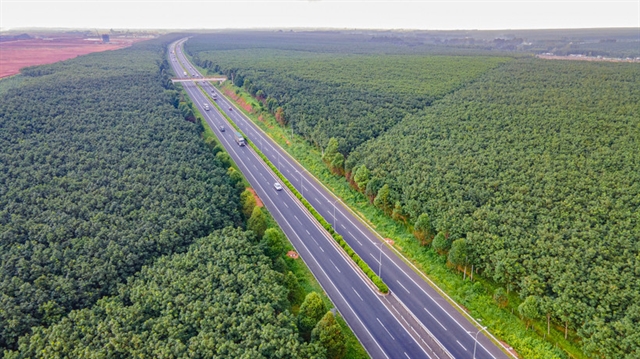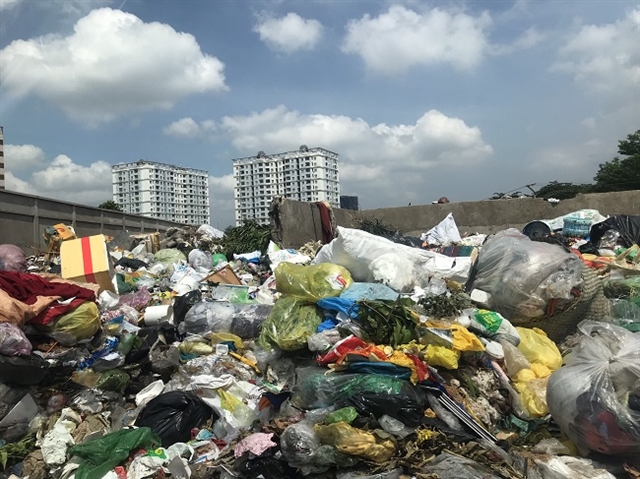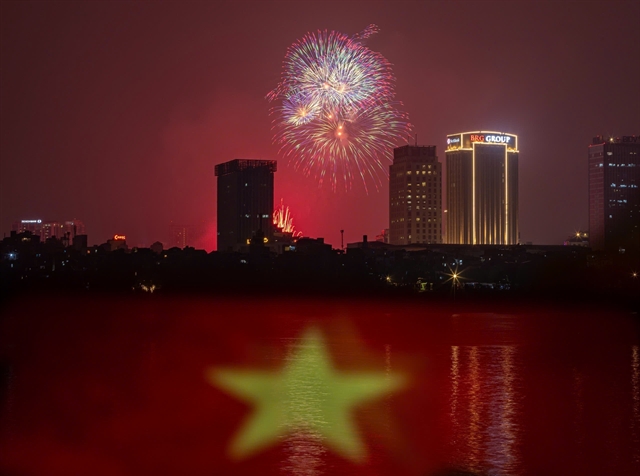 Society
Society
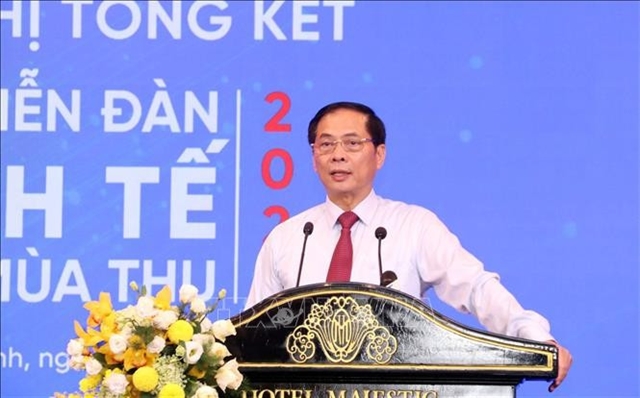
The Hải Phòng City’s People’s Committee has decided to limit groundwater extraction as signs of groundwater pollution have appeared in some inner city areas.
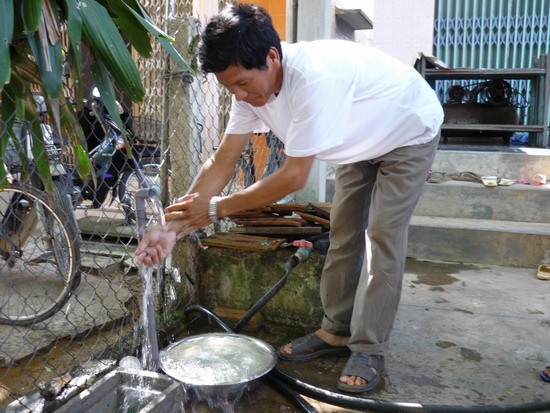 |
| A resident uses water extracted from a well in Hải Phòng City’s Tiên Lãng District. — Photo anhp.vn |
HẢI PHÒNG — The Hải Phòng City’s People’s Committee has decided to limit groundwater extraction as signs of groundwater pollution have appeared in some inner city areas.
The city has stopped issuing groundwater extraction permission to new construction projects to minimise the salinisation of underground aquifers and preserve water resources. Households in residential areas with common water supply systems are also no longer allowed to extract groundwater.
The coliform index exceeded the permissible limit at one of the two groundwater monitoring locations in Kiến An District.
Physical pollutants were found in groundwater in Cát Hải District, and nutrient pollution occurred in groundwater in Đồ Sơn District.
The department advised the city to apply advanced techniques and technologies in both exploiting and preserving groundwater. Industrial wells should be built for large-scale groundwater extraction in areas that have potential aquifers.
Water extraction establishments should not be built near estuaries and along the seaside where aquifers are thin and have been salinised in order to protect adjacent aquifers and prevent salinisation, according to the department.
The department also proposed reviewing and developing geological and hydrological maps of groundwater resources in the city at a scale of 1:50:1000 – 1:10:1000, which will serve as a foundation for planning proper groundwater extraction in the future. — VNS



